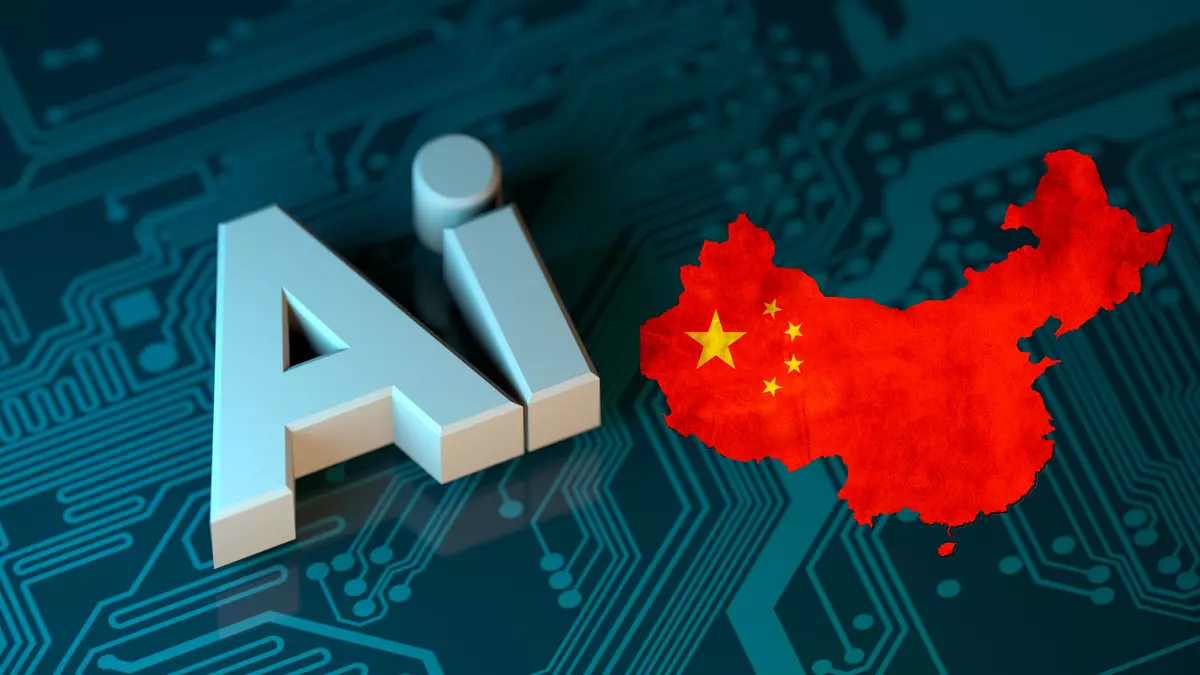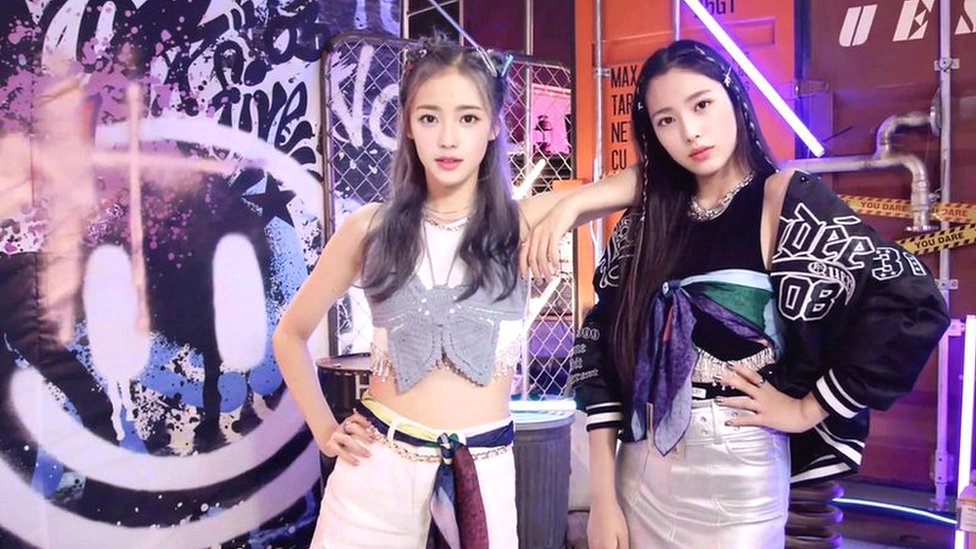As competition in AI technologies intensifies, a Chinese AI startup has set its sights on OpenAI’s Sora by launching an advanced image-to-video tool. This development underscores China’s increasing ambition to rival global AI leaders.
A New Competitor to OpenAI’s Sora
The Chinese AI startup’s new image-to-video tool directly competes with OpenAI’s Sora. This tool enables users to convert static images into dynamic videos, a feature sought after in entertainment, advertising, and content creation sectors. The Chinese company’s move demonstrates its resolve to challenge OpenAI’s lead and provide advanced AI solutions for creative industries.
Features of the Image-to-Video Tool
The image-to-video tool offers multiple unique features that set it apart. With high customization, users can control the animation of images, add audio overlays, and fine-tune various aspects of video generation. The tool also allows for realistic rendering, making it possible to produce life-like videos from minimal visual input.
As part of its ongoing strategy, the startup’s focus on image-to-video technology could position it as a major player in content generation, attracting creators worldwide who seek accessible AI-powered video solutions.
Implications for the AI Industry
The launch of this tool signals a growing trend in AI for content creation, especially in video-based solutions. By challenging OpenAI, the startup is highlighting the global competition in AI and China’s commitment to making significant technological advances. This new tool could lead other AI companies to accelerate their innovation efforts, raising the bar in the industry.
Moreover, the increasing adoption of AI tools in creative fields emphasizes a shift in content production. AI tools like this enable businesses and individuals to produce high-quality video content quickly and affordably, bypassing traditional video production processes.
Chinese AI’s Rise on the Global Stage
China’s AI sector has shown tremendous growth, driven by companies innovating in fields such as natural language processing and image recognition. With support from the Chinese government and partnerships with tech giants, this AI startup is positioned to challenge Western AI firms, contributing to China’s ambition to lead in artificial intelligence.
OpenAI, known for its robust suite of AI tools, may now face heightened competition from Chinese startups, which are improving rapidly. As more tools like this emerge, global users are likely to have increased access to AI-driven video generation tools.
Future of AI in Creative Industries
The Chinese startup’s entry into image-to-video technology hints at future advancements in creative AI applications. This development highlights a broader trend toward automated content creation, which could significantly impact industries like advertising, social media, and digital marketing.
This advancement brings new possibilities for artists, brands, and content creators to leverage AI in crafting immersive and engaging visual experiences. The integration of advanced AI video tools could reshape how content is produced, enabling creators to achieve high-quality output with minimal resources.
Conclusion
As AI technology advances, companies like this Chinese startup are emerging as strong competitors to global leaders like OpenAI. By offering innovative solutions such as the image-to-video tool, Chinese companies are paving the way for accessible and efficient AI applications in creative industries. This tool’s launch signals a future where AI-driven content creation is more widespread and easily accessible, transforming the landscape of digital media.










